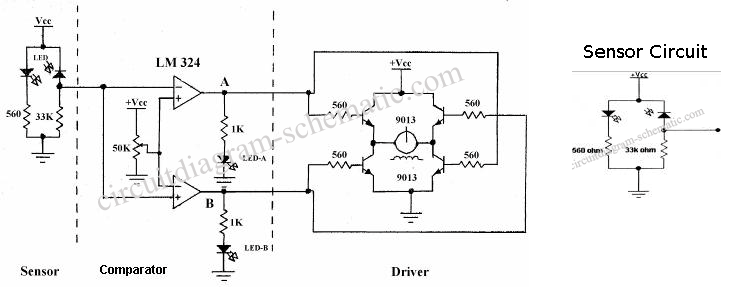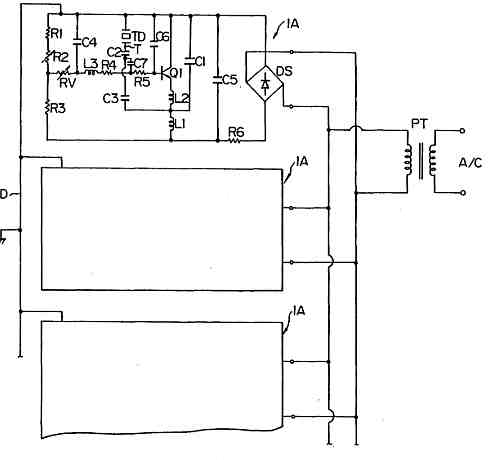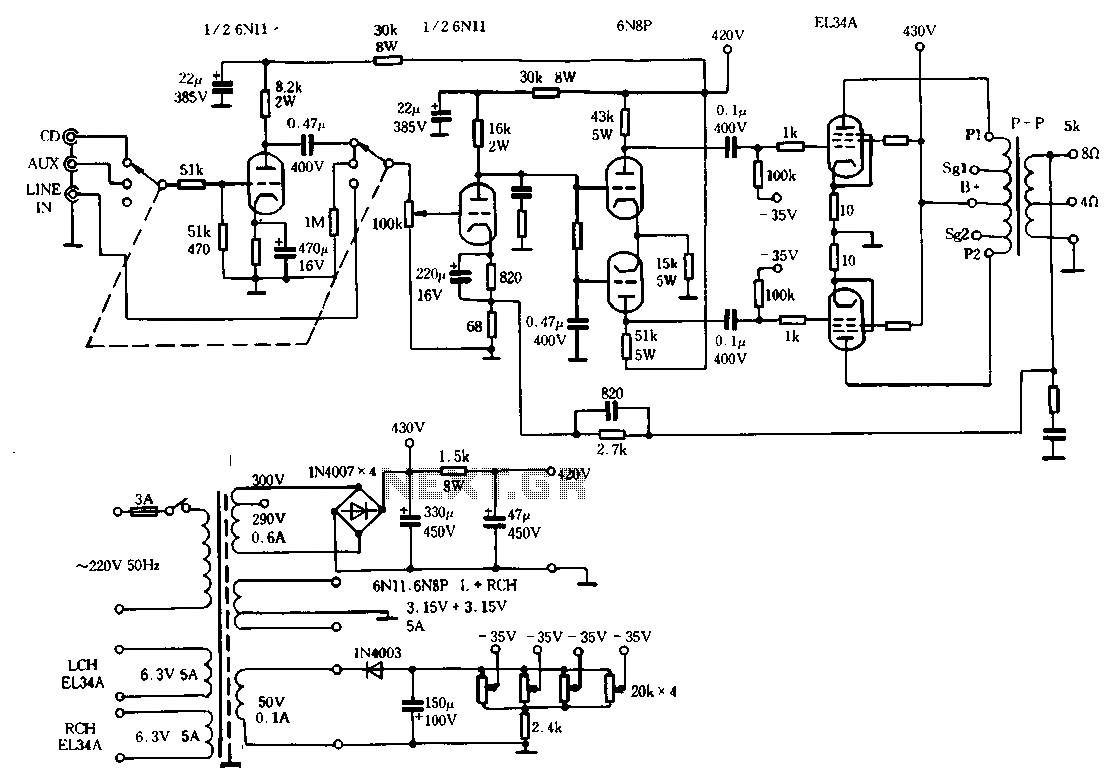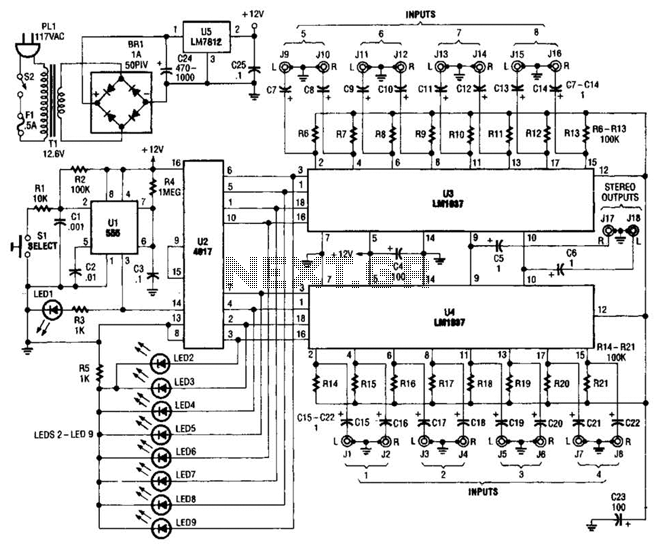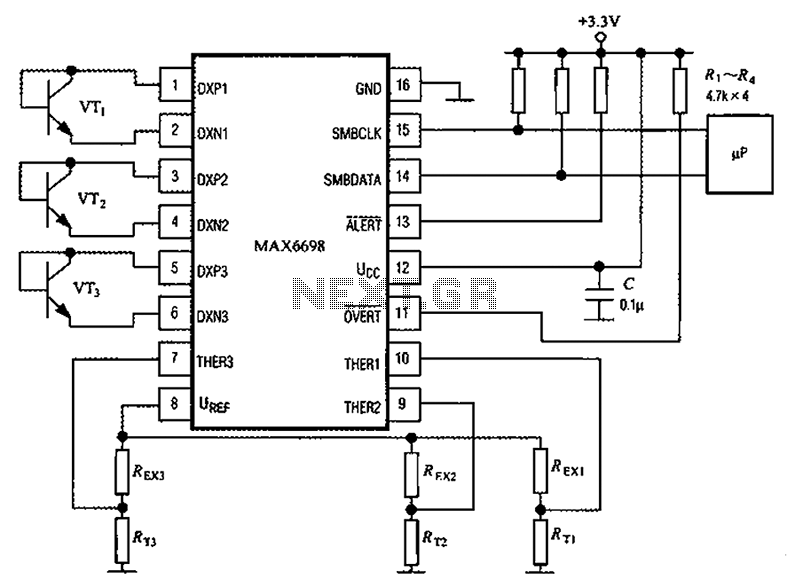
5 Band Graphic Equalizer Circuit

This circuit is a graphic equalizer that can be built with a low component count and is controlled using the LA3600 single IC chip. The internal design of the chip utilizes a transistor gyrator circuit, with connections to external capacitors to set the response. This graphic equalizer circuit is suitable for tape recorders, radio-cassette recorders, car stereos, or home theater sound systems. The maximum supply voltage (VCC) must not exceed 20V, and the operating voltage is in the range of 5 to 15V.
The graphic equalizer circuit based on the LA3600 IC is designed to enhance audio signals by allowing users to adjust the frequency response across various bands. The LA3600 integrates a gyrator circuit, which emulates an inductor using transistors and capacitors, thus enabling the creation of adjustable band-pass filters without the need for bulky inductive components.
In this configuration, external capacitors are strategically connected to the chip to define the center frequencies and bandwidths of the equalization bands. The circuit typically features multiple frequency bands, allowing for precise control over bass, midrange, and treble frequencies. This adaptability makes it suitable for various applications, including home audio systems and portable devices.
The power supply requirements are critical for optimal performance. The circuit must be powered within the specified voltage range of 5V to 15V, ensuring that the LA3600 functions correctly without risk of damage. Exceeding the maximum supply voltage of 20V can lead to irreversible damage to the IC.
The layout of the circuit should minimize interference and ensure stable operation. Proper grounding and power distribution techniques should be employed to maintain signal integrity and prevent noise from affecting the audio output. Additionally, filtering capacitors may be included in the design to smooth out any voltage fluctuations from the power supply.
In summary, this graphic equalizer circuit presents an efficient solution for audio enhancement with a minimal component count, leveraging the capabilities of the LA3600 IC to provide a versatile and effective equalization experience for a variety of audio devices.This circuit is for graphic equalizer that can build with low components count and control using LA3600 single IC chip. The internal design of the chip uses transistors gyrator circuit, with connections to external capacitors to set the response.
This is the figure of the circuit. Sorry, this picture is not clear. This graphic equalizer circuit is suitable for tape-recorders, radio-cassette recorders, car stereos, or home theater sound systems. Maximum supply voltage VCC max 20V must not be exceeded. The operating voltage is in the range of 5 to 15V. [Schematic diagram source: SANYO Electric`s Application Notes]. 🔗 External reference
The graphic equalizer circuit based on the LA3600 IC is designed to enhance audio signals by allowing users to adjust the frequency response across various bands. The LA3600 integrates a gyrator circuit, which emulates an inductor using transistors and capacitors, thus enabling the creation of adjustable band-pass filters without the need for bulky inductive components.
In this configuration, external capacitors are strategically connected to the chip to define the center frequencies and bandwidths of the equalization bands. The circuit typically features multiple frequency bands, allowing for precise control over bass, midrange, and treble frequencies. This adaptability makes it suitable for various applications, including home audio systems and portable devices.
The power supply requirements are critical for optimal performance. The circuit must be powered within the specified voltage range of 5V to 15V, ensuring that the LA3600 functions correctly without risk of damage. Exceeding the maximum supply voltage of 20V can lead to irreversible damage to the IC.
The layout of the circuit should minimize interference and ensure stable operation. Proper grounding and power distribution techniques should be employed to maintain signal integrity and prevent noise from affecting the audio output. Additionally, filtering capacitors may be included in the design to smooth out any voltage fluctuations from the power supply.
In summary, this graphic equalizer circuit presents an efficient solution for audio enhancement with a minimal component count, leveraging the capabilities of the LA3600 IC to provide a versatile and effective equalization experience for a variety of audio devices.This circuit is for graphic equalizer that can build with low components count and control using LA3600 single IC chip. The internal design of the chip uses transistors gyrator circuit, with connections to external capacitors to set the response.
This is the figure of the circuit. Sorry, this picture is not clear. This graphic equalizer circuit is suitable for tape-recorders, radio-cassette recorders, car stereos, or home theater sound systems. Maximum supply voltage VCC max 20V must not be exceeded. The operating voltage is in the range of 5 to 15V. [Schematic diagram source: SANYO Electric`s Application Notes]. 🔗 External reference
